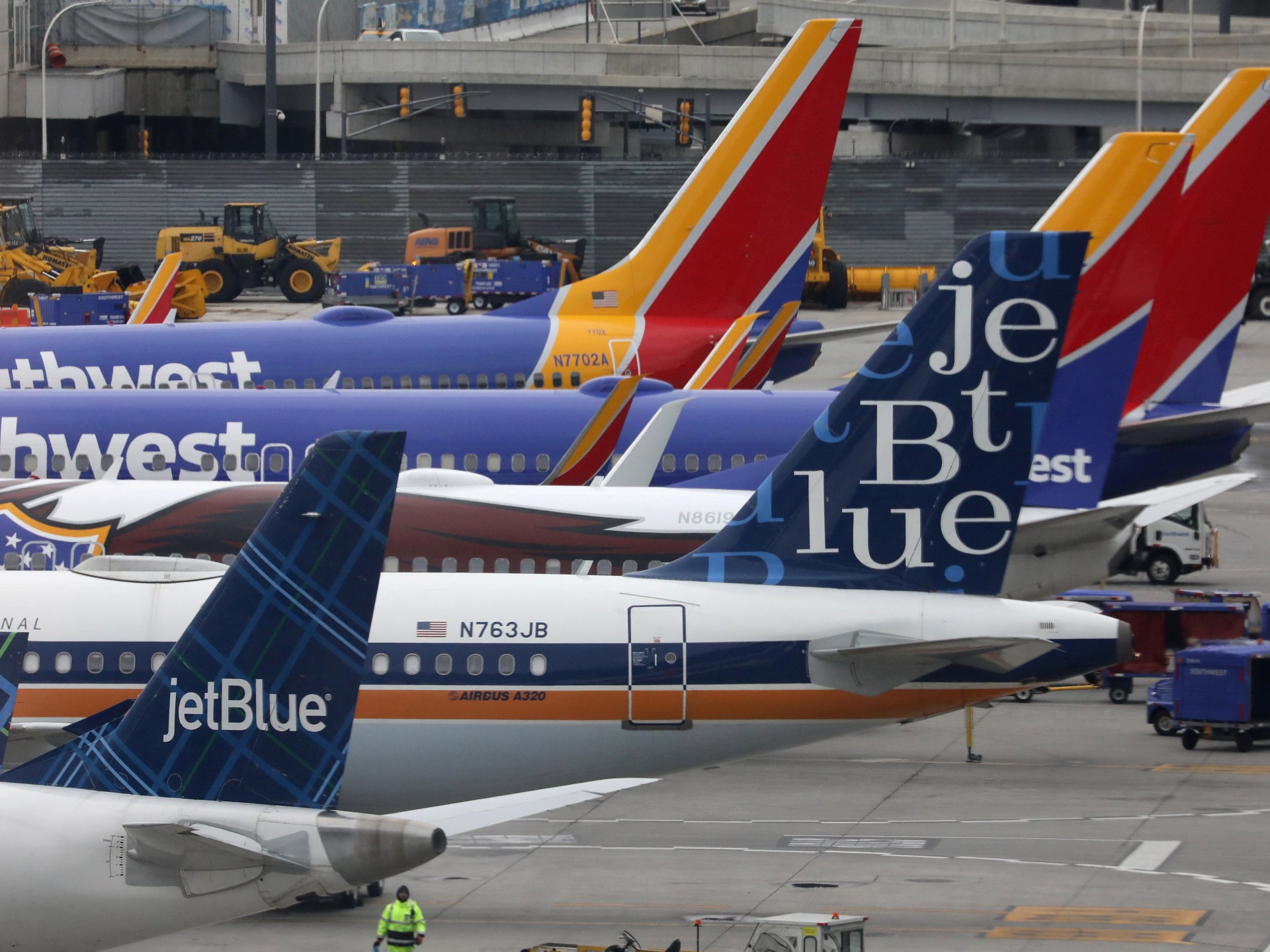Cuban authorities said that an American plane that took off from Cuba encountered an engine problem after colliding with birds and returned to Havana for an emergency landing, according to the British newspaper "The Guardian" today, Monday.
Este es un video desde dentro del avión, en el que al parecer ha entrado humo a la cabina.
Un pasajero ha declarado que se ha escuchado una explosión en uno de los motores, lo que ha ocasionado el aterrizaje de emergencia.
📸 Unknown pic.twitter.com/Z4LgPKKca5
— On The Wings of Aviation (@OnAviation) March 5, 2023
The airline and Cuba's Civil Aviation Authority "CAXA" said on their Facebook page that smoke had entered the cabin but no one was injured in the incident involving Southwest Airlines Flight 3923 bound for Fort Lauderdale, Florida.
Southwest Airlines said in a statement that the Boeing 737 was carrying 147 passengers and six crew, and that birds struck the plane's nose and one of its engines shortly after takeoff.
"The pilots returned safely to Havana and the aircraft was evacuated due to smoke in the cabin. The passengers will be transferred to another flight to Fort Lauderdale. An investigation into the accident is ongoing," the statement added.
Are birds a threat to aviation safety?
In a study published by the "simpleflying" website, which specializes in aviation affairs, bird strikes pose a major threat to aviation safety and can lead to human injuries.
However, it is estimated that there is only one death due to bird strikes every billion flying hours.
According to the study, "Bird strikes do not usually cause serious damage to the aircraft, but the collision is fatal to birds most of the time. Most of the accidents caused by bird strikes occur when the bird enters a jet engine or when it flies towards the windshield."
The cost of these accidents to commercial airlines worldwide is estimated at up to $1.2 billion annually, and $400 million in the United States alone, according to the study.
How do bird strikes destroy planes?
90% of bird strikes occur at or near an airport while the aircraft is landing, taking off, or at a low altitude. The amount of damage a bird inflicts on an aircraft depends on the size, weight, and speed of the bird and the aircraft. The heavier and faster the bird, the greater the potential damage to the aircraft.
Bird strikes often damage engines and the frontal areas of the aircraft represented by the windshield and nose cone, and the latter can cause serious damage, but it is rarely a reason to cancel the flight.
Bird strike while this 737 is landing ✈️ pic.twitter.com/Veg6REKz7z
— Aviation (@ilove_aviation) July 17, 2022
Windshield damage can be more serious, as a shattered windshield can cause a loss of cabin pressure, usually necessitating a diversion to a nearby airport.
As for the greatest danger to aviation safety, it is when a bird gets stuck in the plane’s engine, which is known as swallowing the jet engine, and it can cause the engine to fail, and because most planes are able to fly with one engine without a problem, this usually means diverting to the nearest airport, but no Nothing to worry about.
There are cases in which birds were eaten by both engines - which is rare - causing a malfunction in the dual engine, which happened with American Airlines Flight 1549 on January 15, 2009, and it was on its way to Charlotte from LaGuardia Airport. in New York City.
There was no suitable airfield to use for an emergency landing, so the pilots decided to plunge the plane into the Hudson River where all 155 people on board, including the 5 crew, were rescued by boats and only a few were injured.
Dubbed the "Miracle on the Hudson River" and considered the most successful flight in aviation history, all crew members on board were given an honorary medal. The incident was later made into the 2016 movie "Sully," which starred Tom Hanks as Sullenberger.

